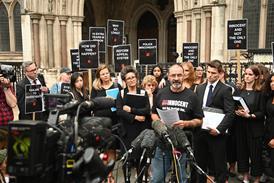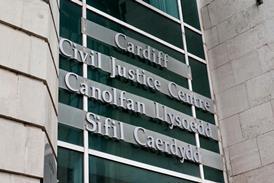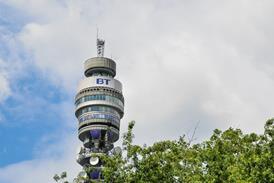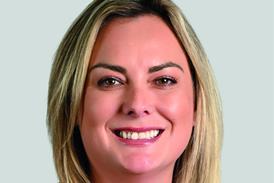Capital Allowances Explained
So what exactly are capital allowances?
They’re a valuable form of tax relief available to anyone incurring capital expenditure buying, building or making adjustments to commercial property.
In the plainest English possible, they are a way for the owners of commercial property to reduce their tax bills.
Examples of properties on which capital allowances can be claimed include:
• Hotels and B&Bs
• Nursing and residential homes
• Dental and GP surgeries
• Factories and industrial units
• Filling stations and garages
• Depots and warehouses
• Haulage yards and transport facilities
• Offices and retail stores
According to research, more than 9 in 10 owners of UK commercial property — from the smallest newsagent to a 30-storey office block — will be due a tax benefit from HMRC as a result of unused capital allowances tax relief.
To date, Catax Solutions has identified more than half a billion pounds of unused capital allowances for over 5,000 clients. The average claim is around £125,000, with the biggest in the tens of millions.
But why is so little known about unused capital allowances?
Firstly, HMRC, understandably, isn’t that keen on alerting too many people to it, especially at a time when the Treasury’s coffers are bare.
Secondly, the problem, historically, has been that identifying capital allowances within commercial properties is extremely complex, so much so that even accountants only scratch the surface.
Indeed, while accountants will claim on more obvious items such as shutters and curtains, fire extinguishers and carpets, generally speaking they will not drill down to the items where the far more significant costs to a business lie. These might include cabling, air conditioning, heating, lighting and security systems.
Specialist capital allowances firms, on the other hand, draw on a far more detailed understanding of capital allowances practice and law and carry out an in-depth forensic survey of the property (or properties) in question.
So what exactly are capital allowances?
They’re a valuable form of tax relief available to anyone incurring capital expenditure buying, building or making adjustments to commercial property.
In the plainest English possible, they are a way for the owners of commercial property to reduce their tax bills.
Examples of properties on which capital allowances can be claimed include:
- Hotels and B&Bs
- Nursing and residential homes
- Dental and GP surgeries
- Factories and industrial units
- Filling stations and garages
- Depots and warehouses
- Haulage yards and transport facilities
- Offices and retail stores
According to research, more than 9 in 10 owners of UK commercial property — from the smallest newsagent to a 30-storey office block — will be due a tax benefit from HMRC as a result of unused capital allowances tax relief.
To date, Catax Solutions has identified more than half a billion pounds of unused capital allowances for over 5,000 clients. The average claim is around £125,000, with the biggest in the tens of millions.
But why is so little known about unused capital allowances?
Firstly, HMRC, understandably, isn’t that keen on alerting too many people to it, especially at a time when the Treasury’s coffers are bare.
Secondly, the problem, historically, has been that identifying capital allowances within commercial properties is extremely complex, so much so that even accountants only scratch the surface.
Indeed, while accountants will claim on more obvious items such as shutters and curtains, fire extinguishers and carpets, generally speaking they will not drill down to the items where the far more significant costs to a business lie. These might include cabling, air conditioning, heating, lighting and security systems.
Specialist capital allowances firms, on the other hand, draw on a far more detailed understanding of capital allowances practice and law and carry out an in-depth forensic survey of the property (or properties) in question.
- See more at: http://www.cataxsolutions.com/what.html#sthash.5TStXZNG.dpuf























